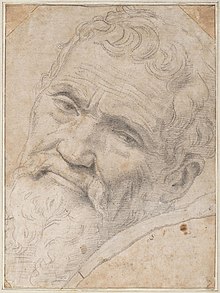Artemis was one of the most widely venerated of the Ancient Greek deities and one of the oldest (Burkert 1985, 149). In Greek mythology of the classical period, Artemis (Greek: (nominative) Ἄρτεμις, (genitive) Ἀρτέμιδος) became the daughter of Zeus and Leto, and the twin sister of Apollo.
She was the Hellenic goddess of forests and hills, child birth, virginity, fertility, the hunt, and often was depicted as a huntress carrying a bow and arrows.[1] The deer and the cypress were sacred to her. In later Hellenistic times she even assumed the ancient role of Eileithyia in aiding childbirth.
Her later association with the moon is a popular idea which has little foundation. She later became identified with Selene,[2] a Titaness who was a Greek moon goddess, and she was sometimes depicted with a crescent moon above her head. She also became identified with the Roman goddess Diana[3] and with the Etruscan goddess Artume. [4]
Artemis
The Diana of Versailles, a Roman copy of a Greek sculpture by Leochares. (Louvre Museum) Goddess of the Hunt, Forests and Hills, the Moon Symbol Bow and Arrows Parents Zeus and Leto Siblings Apollo
She was the Hellenic goddess of forests and hills, child birth, virginity, fertility, the hunt, and often was depicted as a huntress carrying a bow and arrows.[1] The deer and the cypress were sacred to her. In later Hellenistic times she even assumed the ancient role of Eileithyia in aiding childbirth.
Her later association with the moon is a popular idea which has little foundation. She later became identified with Selene,[2] a Titaness who was a Greek moon goddess, and she was sometimes depicted with a crescent moon above her head. She also became identified with the Roman goddess Diana[3] and with the Etruscan goddess Artume. [4]
Artemis

The Diana of Versailles, a Roman copy of a Greek sculpture by Leochares. (Louvre Museum) Goddess of the Hunt, Forests and Hills, the Moon Symbol Bow and Arrows Parents Zeus and Leto Siblings Apollo
Last edited:




